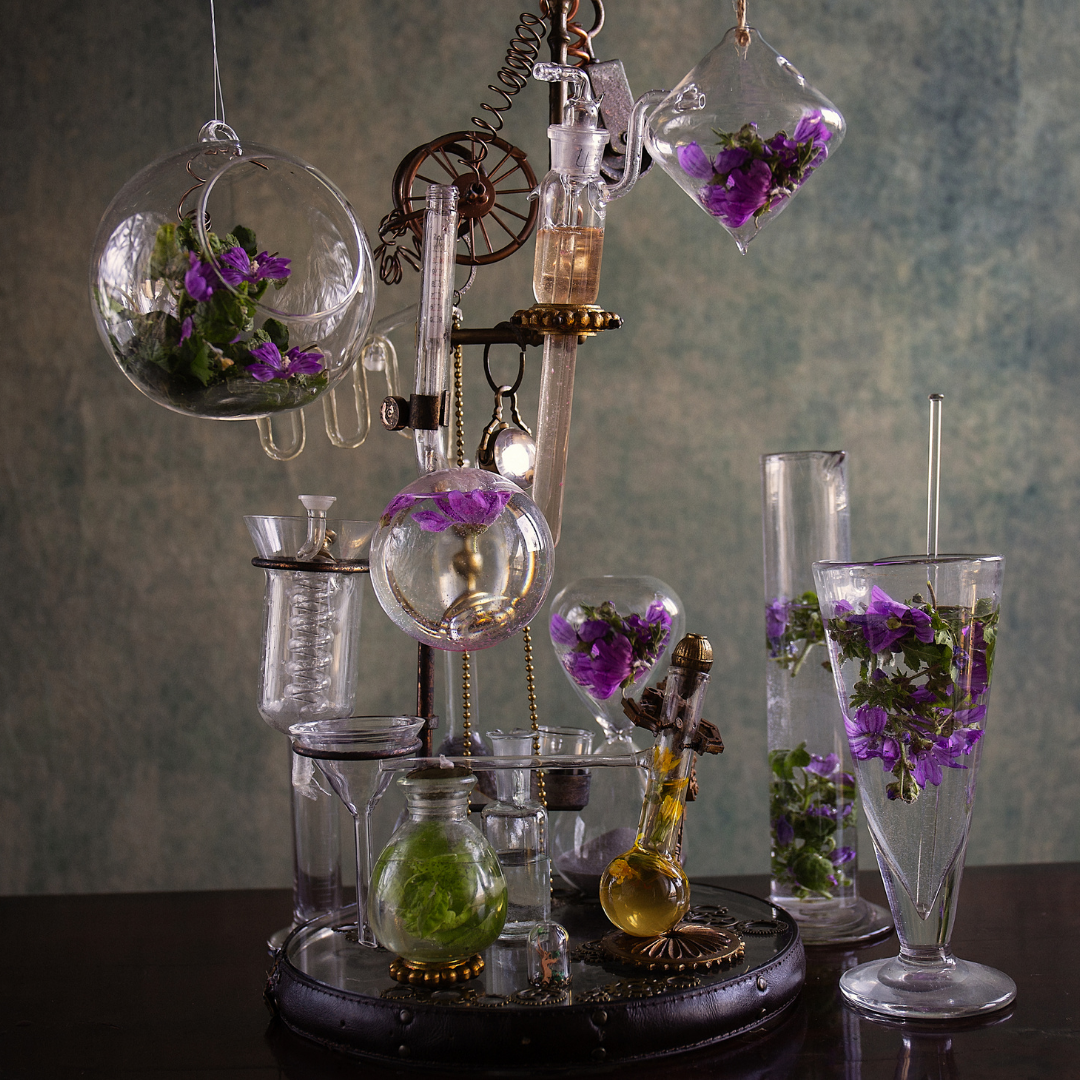How Essential Oils are Extracted?
WHAT ARE ESSENTIAL OILS?
Essential oils are natural aromatic extracts from plant material including grasses, leaves, flowers, needles, twigs, peels of fruit, seeds, bark, and roots. For example, rose essential oil comes from the flowers, basil from the leaves, lime from the rind, anise from the seeds, sandalwood from the wood, frankincense from the resin of its tree, and so on.
The Merriam-Webster dictionary defines essential oils as, “any of a class of volatile oils that give plants their characteristic odors and are used especially in perfumes and flavorings, and for aromatherapy”. The word "volatile" means a substance that easily evaporates at normal temperatures. These volatile oils given off by plants are responsible for the aromatic scents of flowers and other plant parts.
These aromatic essential oil compounds are stored in tiny pockets in plant material and must be extracted to be released. The type of plant material (leaves, flowers, roots) being used determines which method of extraction will produce the best results.
Distillation
Steam distillation is the most popular method to extract essential oils.
 During this process the botanicals are placed into a still and pressurized steam is forced through the plant material--imagine using a steaming basket on your stove. The hot steam forces open pockets of aromatic compounds. The compounds escape from the plant material and evaporate into the steam.
During this process the botanicals are placed into a still and pressurized steam is forced through the plant material--imagine using a steaming basket on your stove. The hot steam forces open pockets of aromatic compounds. The compounds escape from the plant material and evaporate into the steam.
The steam must be hot enough to allow the release of the essential oil while not damaging the plant material. The steam with essential oil then passes through a cooling system where the steam condenses into a liquid consisting of essential oil and water. The essential oil, being lighter than the water, will float to the top and can then be separated from the water. The water by-product of distillation is called a hydrosol or floral water.
Expression

The expression method is used for extracting essential oils from the rinds of citrus fruits. Anyone who has peeled a fresh citrus fruit knows the refreshing, energizing aroma. But citrus oils do not hold up well when heat is used in extraction so they are usually obtained by a method called expression.
Expression is also known as the "expeller-pressed" or "cold-pressed" method of extraction since no heat is needed to extract the essential oil.
It is mostly used to extract citrus essential oils. In this process, the peels are pricked in order to puncture the cells containing the oils.
The peels are soaked in warm water and the oil is forced from the material under high mechanical pressure. Many base oils are extracted in a similar way.
Concretes & Absolutes:
Concretes and Absolutes are similar to essential oils since they are highly aromatic, concentrated extracts from plants. However, while essential oils must be produced by steam distillation or expression, concretes and absolutes require the use of a solvent for extraction and therefore cannot be called essential oils.
Fresh flowers or other plant material are treated with a chemical solvent (see below). The "essential oils" of the plant material are dissolved by the solvent, the solvent is removed and what is left behind is a waxy aromatic compound called a concrete.
The aromatic oils are extracted from the concrete using ethyl alcohol. Once the alcohol is removed, the remaining substance, called an absolute, is a very concentrated aromatic compound.


0 comments